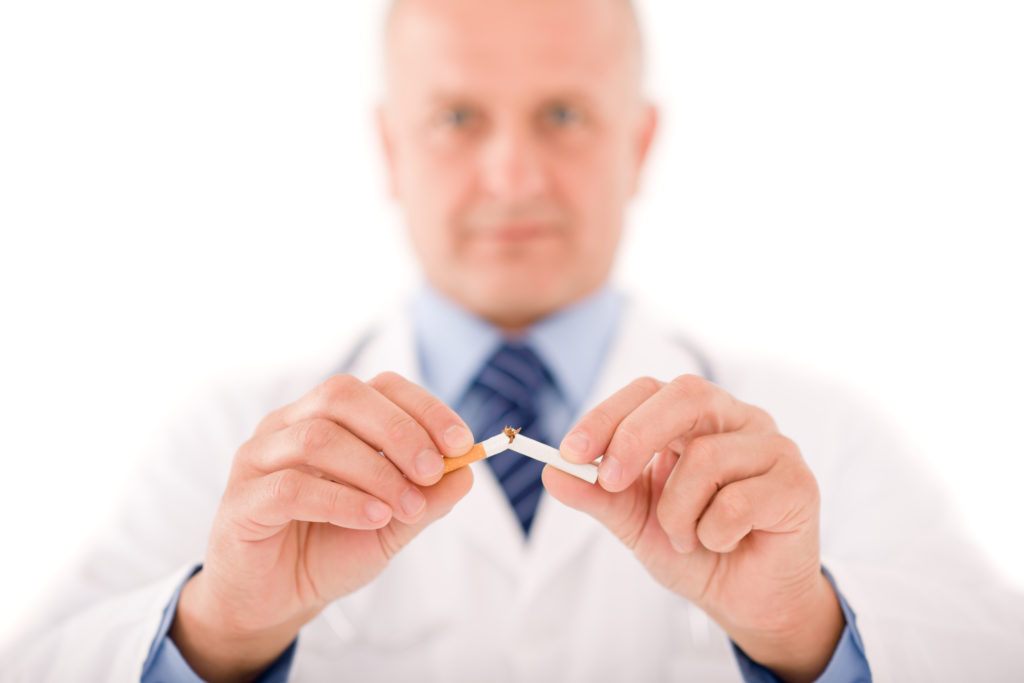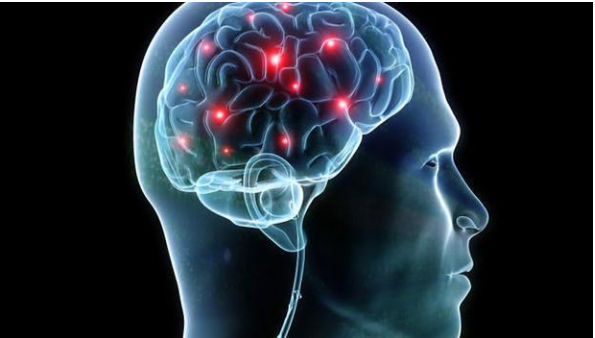More than half of the radiation we are exposed to comes from nature. The ultraviolet rays of the sun, the rocks, soil, minerals and even our bodies are sources of radiation. The other half of the radiation comes from man-made sources. This includes medical tests, radioactive treatments to cure certain types of diseases and nuclear power plants.
Since radiation has existed in our atmosphere for millions of years, human bodies have evolved and can deal with exposure to a small amount of it. With advances in research and technology, there has been an increase in the use of radiation in health care and energy sectors. Now radiation is commonly used in imaging, testing and treatment of various medical conditions. It is also used to fuel energy generation. While radiation has helped mankind by helping diagnose medical conditions more accurately, treat some of the previously incurable diseases and solve the problem of power shortages, it has tremendously increased the risk of potential health problems which can be caused by exposure to radiation. How exposure to radiation affects human health is discussed below.
What is Radiation?
Similar to other forms of energy, radiation is a form of energy. However, it travels as fast-moving particles or waves. There are two types of radiation.
Non-Ionizing Radiation
This type of radiation exists as a weak form of energy. The molecules of this type of radiation do not carry enough energy to modify the atomic structure of any other particle. This type of radiation comes from cell phones, microwave and infrared light.
Ionizing Radiation
Ionizing radiation is more dangerous compared to non-ionizing radiation. This is because it has more energy and can modify the atomic structure of any particle. Ionizing radiation includes ultraviolet radiation, radon, x-rays and gamma rays.
Health Effects of Radiation Exposure
When humans are exposed to non-ionizing radiation such as cell phones and microwaves, it does not cause any damage to the human body. However, when exposed to ionizing radiation, it can damage the DNA. Since the human body is exposed to a small amount of radiation naturally, often, it can manage to repair the damage. However, if the damage is extensive or cannot be repaired, radiation exposure can either permanently damage the cells or tissues or can cause the cells to become uncontrollable. Uncontrolled cell and tissue growth are medically known as a tumor.
Radiation Sickness
Radiation sickness is a series of symptoms that appear when a person is exposed to very large doses of ionizing radiation in a short span of time. During a radioactive accident such as a nuclear blast or accident at a nuclear power plant, people receive very large doses of radiation. The distance between the person and the source of radiation and the frequency and duration of exposure will determine the amount of radiation absorbed by the body. This, in turn, will determine the intensity of symptoms. The initial symptoms of radiation sickness include nausea and vomiting. Other possible symptoms can include:
- Severe burns
- Fever
- Weakness and Fatigue
- Dizziness and difficulty in maintaining balance
In case of a nuclear accident, it is important to stay tuned to the updates provided by the concerned authorities. They will provide recommendations about whether to stay at the place of the disaster or evacuate. They can also guide you when to seek medical assistance and what to do in the interim.
Increased Risk of Cancer
Exposure to ionizing radiation can significantly increase changes in the DNA. This increases the risk of gene mutation. Also since ionizing radiation can modify the structure of the cells and tissues, it can cause them to multiply uncontrollably. This uncontrolled cell division can cause cancer. Studies have found that the use of radiation in medical imaging and treatment for various types of cancer can increase the risk of cancer. However, the risk of cancer depends upon the source and amount of radiation exposure. It also depends upon the age and the frequency of radiation exposure.
For example, children who are exposed to radiation from a CT scan are much likely to develop cancer at a later stage in life, compared to an adult. Whereas the risk of an adult developing cancer from a CT scan is much lower. Similarly, the type of radiation imaging used also affects the risk of developing cancer. Thus, a person who has been exposed to more CT scans is more likely to develop cancer compared to those who are exposed to a normal x-ray. Similarly, a person who is exposed to a nuclear accident might suffer from radiation sickness immediately but has a much higher risk of developing cancer at a later stage.
Since 40% of Americans are already at risk of developing cancer at some point in their lives, it is difficult to assign a numerical value to the increased risk of cancer due to radiation. But it is certain that radiation exposure can increase the risk of cancer.
Increased Risk of Cardiovascular Diseases
A study was conducted to find out the effect of radiation on cardiovascular diseases. The study included three-million people with 28 different types of cancer for 40 years. The result indicated that 33% of the people who were a part of the study died from cancer. While 11% of those treated from cancer using radiotherapy died as a result of cardiovascular diseases.
Radiotherapy given to treat various types of cancers can involve exposure of the heart to the ionizing radiation. This can increase the substantial risk of cardiovascular diseases. Also, exposure to radiation due to other sources such as radiation industries and exposure to radioactive accidents can also damage the heart and the blood vessels. As a result, it can significantly increase the risk of cardiovascular diseases.





















